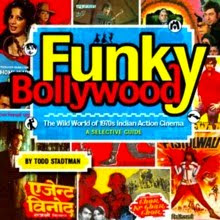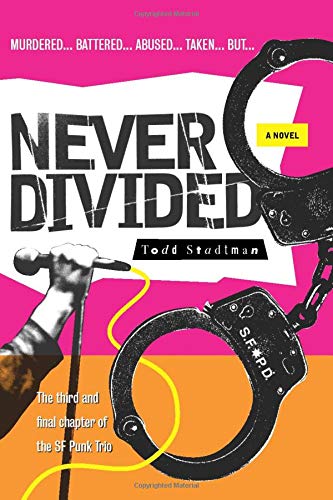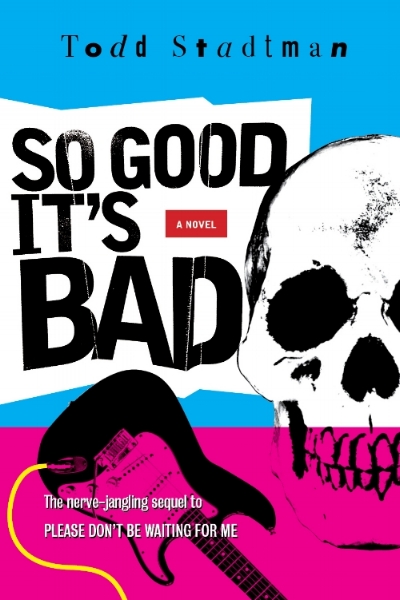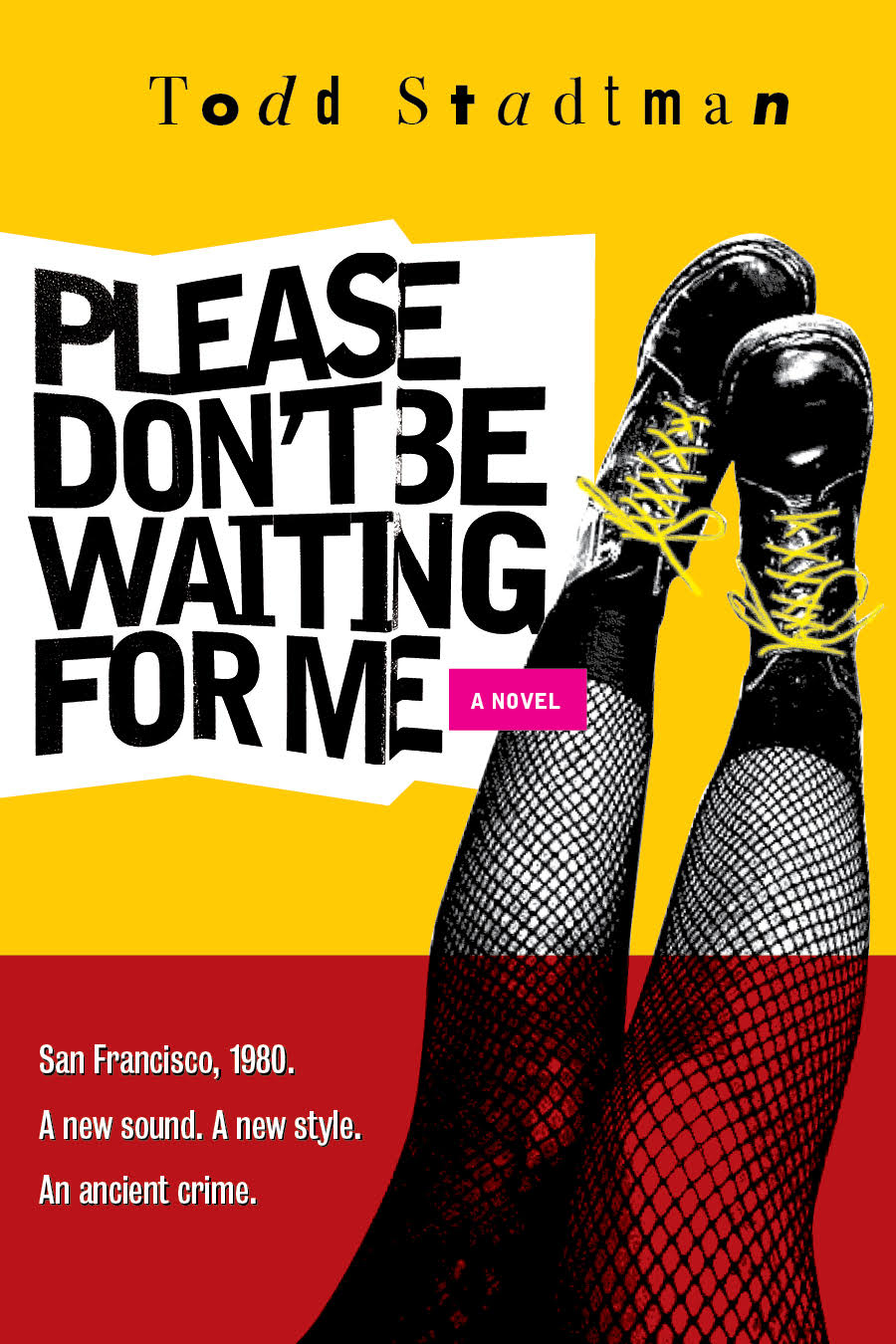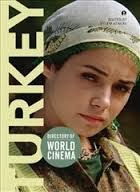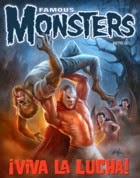 Dharmendra, why, during the first five minutes of Azaad, do you dress up like a cross between Zorro and one of the Three Musketeers and ride around on a white horse announcing yourself as “Azaad” while smiting evildoers, only to never do so again over the remaining two and a half hours of Azaad’s running time? Are you just trying to fuck with me? If so, nice job. Consider me fucked with.
Dharmendra, why, during the first five minutes of Azaad, do you dress up like a cross between Zorro and one of the Three Musketeers and ride around on a white horse announcing yourself as “Azaad” while smiting evildoers, only to never do so again over the remaining two and a half hours of Azaad’s running time? Are you just trying to fuck with me? If so, nice job. Consider me fucked with. Ah, but readers (Yes, I’m talking to the readers now, Dharmendra. I’m, done with you. Just go back to making movies in which you totally misrepresent your character during the opening minutes, which is obviously what you’re all about), I think I am wise to Dharmendra’s game. For what Azaad really is, despite being made when Dharmendra was well north of forty, is a coming-of-age story. It is a tale of that inevitable time in a man’s life when he must put aside the things of childhood, -- even if they be something as awesome as a big, floppy D’artagnan hat -- step outside of his familiar confines and into the greater world beyond, where problems cannot be solved simply by flouncing around dressed like the Scarlet Pimpernel, but rather must be pummeled into submission with big, meaty, Dharmendra-like man fists.
Ah, but readers (Yes, I’m talking to the readers now, Dharmendra. I’m, done with you. Just go back to making movies in which you totally misrepresent your character during the opening minutes, which is obviously what you’re all about), I think I am wise to Dharmendra’s game. For what Azaad really is, despite being made when Dharmendra was well north of forty, is a coming-of-age story. It is a tale of that inevitable time in a man’s life when he must put aside the things of childhood, -- even if they be something as awesome as a big, floppy D’artagnan hat -- step outside of his familiar confines and into the greater world beyond, where problems cannot be solved simply by flouncing around dressed like the Scarlet Pimpernel, but rather must be pummeled into submission with big, meaty, Dharmendra-like man fists. You see, at Azaad’s opening, Dharmendra’s Ashok is little more than a rambunctious and conspicuously over-developed village boy. He plays at being a hero in his guise as Azaad, but the degree to which his actions favor the downtrodden is purely incidental. Indeed, the way Ashok uses his brawn to influence events to suit his liking makes him more akin to the typical small town bully. So tired is Ashok’s sister-in-law/mother stand-in of these antics, that she threatens to leave him, until he himself decides to strike out on his own. Hopefully the wider world beyond the village gates will offer obstacles more in scale with his heroic ambitions than did the village, where we have so far only seen him dedicate an inordinate amount of swashbuckling razzle dazzle to the simple task of derailing a marriage between a young woman and a very old and creepy man.
You see, at Azaad’s opening, Dharmendra’s Ashok is little more than a rambunctious and conspicuously over-developed village boy. He plays at being a hero in his guise as Azaad, but the degree to which his actions favor the downtrodden is purely incidental. Indeed, the way Ashok uses his brawn to influence events to suit his liking makes him more akin to the typical small town bully. So tired is Ashok’s sister-in-law/mother stand-in of these antics, that she threatens to leave him, until he himself decides to strike out on his own. Hopefully the wider world beyond the village gates will offer obstacles more in scale with his heroic ambitions than did the village, where we have so far only seen him dedicate an inordinate amount of swashbuckling razzle dazzle to the simple task of derailing a marriage between a young woman and a very old and creepy man. And so Ashok moves to the Big City and takes a job in a factory run by Thakur Ajit Singh (Ajit). Ajit Singh has a haughty and headstrong niece, Seema, who is played by Dharmendra’s wife, Hema Malini, and Ashok is quick to fall for her. Not one to be P-whipped, however, Ashok must first, before properly wooing Seema, teach her how to be a woman by kidnapping her and forcing her to do all kinds of humiliating domestic tasks – much as Dharmendra did so charmingly with Zeenat Aman in Dharam-Veer. This treatment may explain why, by the time of Jaani Dost a few years later, wifey was playing Jeetendra’s love interest while Dharmendra was paired with Parveen Babi – which, come to think of it, would probably have had very little deterrent effect in terms of Dharmendra’s behavior.
And so Ashok moves to the Big City and takes a job in a factory run by Thakur Ajit Singh (Ajit). Ajit Singh has a haughty and headstrong niece, Seema, who is played by Dharmendra’s wife, Hema Malini, and Ashok is quick to fall for her. Not one to be P-whipped, however, Ashok must first, before properly wooing Seema, teach her how to be a woman by kidnapping her and forcing her to do all kinds of humiliating domestic tasks – much as Dharmendra did so charmingly with Zeenat Aman in Dharam-Veer. This treatment may explain why, by the time of Jaani Dost a few years later, wifey was playing Jeetendra’s love interest while Dharmendra was paired with Parveen Babi – which, come to think of it, would probably have had very little deterrent effect in terms of Dharmendra’s behavior. Of course, Ajit Singh is ultimately revealed to be behind everything bad that has ever happened to anyone within arms reach of Azaad. Not only is he responsible for the murder of Ashok’s brother, but he is also keeping Seema’s father doped-up and locked away in a tower, making himself the executor of his brother’s vast fortune under the false pretext that he’s gone mental. Ajit is also guilty of having as a son Prem Chopra in one of his most hysterical performances as a craven, preening daddy’s boy. And of being a drug dealer. Ultimately all of the above puts Dharmendra in opposition with Ajit and Prem, a state of affairs which calls for much backflipping, slapstick-tinged dishoom dishoom, and, apparently, at one point dressing up in a mangy-looking bear costume.
Of course, Ajit Singh is ultimately revealed to be behind everything bad that has ever happened to anyone within arms reach of Azaad. Not only is he responsible for the murder of Ashok’s brother, but he is also keeping Seema’s father doped-up and locked away in a tower, making himself the executor of his brother’s vast fortune under the false pretext that he’s gone mental. Ajit is also guilty of having as a son Prem Chopra in one of his most hysterical performances as a craven, preening daddy’s boy. And of being a drug dealer. Ultimately all of the above puts Dharmendra in opposition with Ajit and Prem, a state of affairs which calls for much backflipping, slapstick-tinged dishoom dishoom, and, apparently, at one point dressing up in a mangy-looking bear costume. Ultimately, and pretty much out of nowhere, Ajit and Prem let loose with the “Machine of Hell”, an elaborate death trap whose tantalizing description over at Banno’s blog lead to an uncontrollable epidemic of bloggers suddenly forcing themselves to watch Azaad even if their blogs had nothing to do with Bollywood or even movies at all. Seriously, Azaad, in addition to being covered by me, Memsaab and eventually Beth (right, Beth?), has also been the subject of lengthy posts over at The Huffington Post, Jezebel, Daily Koz, Miley Cyrus’ MySpace blog, Bob Friendly’s Fly Fishing Corner and Angry Black Bitch. I kid you not! (Okay, maybe a little.) Banno’s description of this particular set piece was also the inspiration for my post Masala Death Trap!, in which I described the spiked ball and sculpted panther head-based torture spa featured in the Dharmendra and Mithun starrer Main Balwaan.
Ultimately, and pretty much out of nowhere, Ajit and Prem let loose with the “Machine of Hell”, an elaborate death trap whose tantalizing description over at Banno’s blog lead to an uncontrollable epidemic of bloggers suddenly forcing themselves to watch Azaad even if their blogs had nothing to do with Bollywood or even movies at all. Seriously, Azaad, in addition to being covered by me, Memsaab and eventually Beth (right, Beth?), has also been the subject of lengthy posts over at The Huffington Post, Jezebel, Daily Koz, Miley Cyrus’ MySpace blog, Bob Friendly’s Fly Fishing Corner and Angry Black Bitch. I kid you not! (Okay, maybe a little.) Banno’s description of this particular set piece was also the inspiration for my post Masala Death Trap!, in which I described the spiked ball and sculpted panther head-based torture spa featured in the Dharmendra and Mithun starrer Main Balwaan. I’ve got to say, however, that Azaad’s Machine of Hell makes the Main Balwaan death trap look conservative and highly practical by comparison. In fact, it’s difficult for me to even describe what the Machine of Hell, in all of its complexity, actually entails, or even what exactly the intended effect of many of its mechanized depredations are. I do know that there was one psychedelically lit chamber that looked like something out of a late Avengers episode, and that its perils seemed to derive from the fact that it rocked back and forth, dislodging millions of empty bottles from the ceiling that then crashed down both onto the floor and whatever people were unfortunate enough to be occupying the room at the time. It all looked like it would be extremely troublesome to set up again once it had done its thing, but perhaps there was some kind of automated system suited to that task, like a pin re-setter in a bowling alley, only much, much more complicated and really expensive. There was also a room that combined those two death trap staples, spiked balls on chains and an acid pit, to nice effect, and a tunnel kitted out with spinning saw blades on sticks just like in Jugnu that lead to a giant spinning rotary blade at the end. And then Dharmendra wrestled a stuffed dog and somebody said something about Dharmendra being a dog’s body deep inside.
I’ve got to say, however, that Azaad’s Machine of Hell makes the Main Balwaan death trap look conservative and highly practical by comparison. In fact, it’s difficult for me to even describe what the Machine of Hell, in all of its complexity, actually entails, or even what exactly the intended effect of many of its mechanized depredations are. I do know that there was one psychedelically lit chamber that looked like something out of a late Avengers episode, and that its perils seemed to derive from the fact that it rocked back and forth, dislodging millions of empty bottles from the ceiling that then crashed down both onto the floor and whatever people were unfortunate enough to be occupying the room at the time. It all looked like it would be extremely troublesome to set up again once it had done its thing, but perhaps there was some kind of automated system suited to that task, like a pin re-setter in a bowling alley, only much, much more complicated and really expensive. There was also a room that combined those two death trap staples, spiked balls on chains and an acid pit, to nice effect, and a tunnel kitted out with spinning saw blades on sticks just like in Jugnu that lead to a giant spinning rotary blade at the end. And then Dharmendra wrestled a stuffed dog and somebody said something about Dharmendra being a dog’s body deep inside. And… what? Where was I going with all this again? Oh... okay. To tell the truth, I really don’t know what, in the end, Azaad tells us about what it means to become a man. The movie may, in fact, just be a case of someone setting out to make a movie about a man in a flouncy hat and mask and then (a) hitting their head on a rock and getting amnesia, while at the same time losing every existing copy of whatever script had been written, and hence forgetting both what kind of movie they had set out to make and how to operate a projector so that they could go back and watch the footage they had already shot, (b) losing the flouncy hat and mask or having the dog pee on them or something and not wanting to pay for new ones, or (c) getting distracted by a shiny object. You pick.
And… what? Where was I going with all this again? Oh... okay. To tell the truth, I really don’t know what, in the end, Azaad tells us about what it means to become a man. The movie may, in fact, just be a case of someone setting out to make a movie about a man in a flouncy hat and mask and then (a) hitting their head on a rock and getting amnesia, while at the same time losing every existing copy of whatever script had been written, and hence forgetting both what kind of movie they had set out to make and how to operate a projector so that they could go back and watch the footage they had already shot, (b) losing the flouncy hat and mask or having the dog pee on them or something and not wanting to pay for new ones, or (c) getting distracted by a shiny object. You pick.Postscript: I fell asleep halfway through Jaani Dost….
 …and when I woke up, Dharmendra and Jeetendra were running around in these sort of Japanese superhero costumes and each referring to themselves as “The Lion King” while the action had shifted to a tribal area where the bad guy was using giant fishing nets to kidnap truckloads of minstrel-show natives to use as slave labor. None of these developments were foreshadowed in the ninety minutes of the film that I saw before nodding off. There was also all of a sudden a chimpanzee playing a dual role as both male and female chimpanzees who were in love. Having recently overdosed on TV news, I now, whenever I see a chimpanzee – be he in a fez and blazer or a sari – can only imagine it trying to rip my face off. (Pedro would at least shoot you first.) So, yes: Dharmendra is definitely – de-fi-nite-ly – trying to fuck with me. Personally.
…and when I woke up, Dharmendra and Jeetendra were running around in these sort of Japanese superhero costumes and each referring to themselves as “The Lion King” while the action had shifted to a tribal area where the bad guy was using giant fishing nets to kidnap truckloads of minstrel-show natives to use as slave labor. None of these developments were foreshadowed in the ninety minutes of the film that I saw before nodding off. There was also all of a sudden a chimpanzee playing a dual role as both male and female chimpanzees who were in love. Having recently overdosed on TV news, I now, whenever I see a chimpanzee – be he in a fez and blazer or a sari – can only imagine it trying to rip my face off. (Pedro would at least shoot you first.) So, yes: Dharmendra is definitely – de-fi-nite-ly – trying to fuck with me. Personally.Dharmendra, dude, I still love you, but it’s time for us to take a little break.








































 Sometimes the temptation to fudge thing a bit is great. In the case of White Comanche, to describe it as “William Shatner in a Spaghetti Western” presents an equation so perversely attractive that it takes all my strength to resist making the factual oversight that would allow me to put it forward. But, alas, I am fettered by my principles, and White Comanche, being a Spanish production with no participation from the Italians whatsoever, technically cannot be called a Spaghetti Western. However, it does, along with all Spaghetti Westerns, fall squarely within the Euro Western category, and as such follows most of the conventions of same. Except in the area of having good music, that is. The music is actually quite terrible.
Sometimes the temptation to fudge thing a bit is great. In the case of White Comanche, to describe it as “William Shatner in a Spaghetti Western” presents an equation so perversely attractive that it takes all my strength to resist making the factual oversight that would allow me to put it forward. But, alas, I am fettered by my principles, and White Comanche, being a Spanish production with no participation from the Italians whatsoever, technically cannot be called a Spaghetti Western. However, it does, along with all Spaghetti Westerns, fall squarely within the Euro Western category, and as such follows most of the conventions of same. Except in the area of having good music, that is. The music is actually quite terrible.


